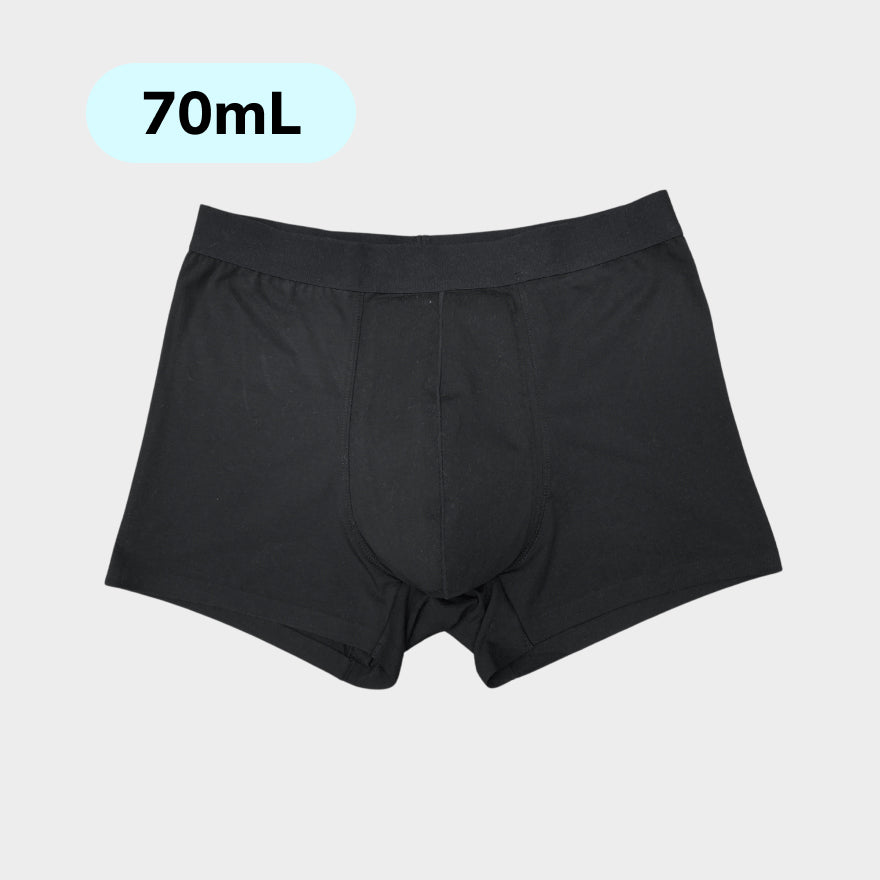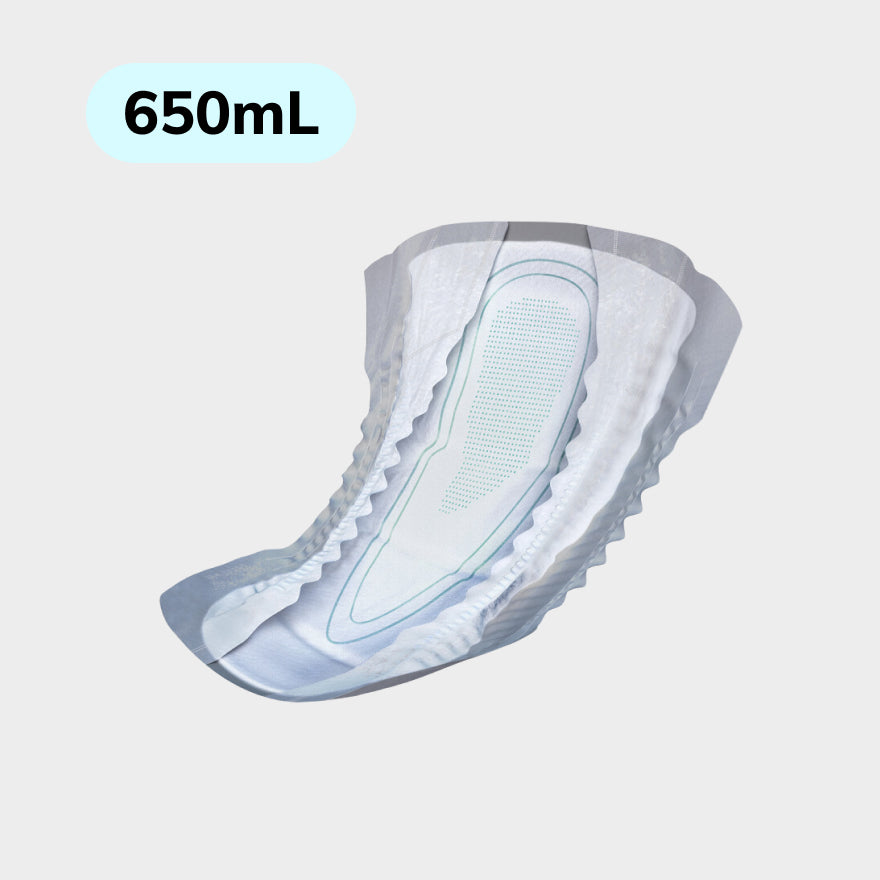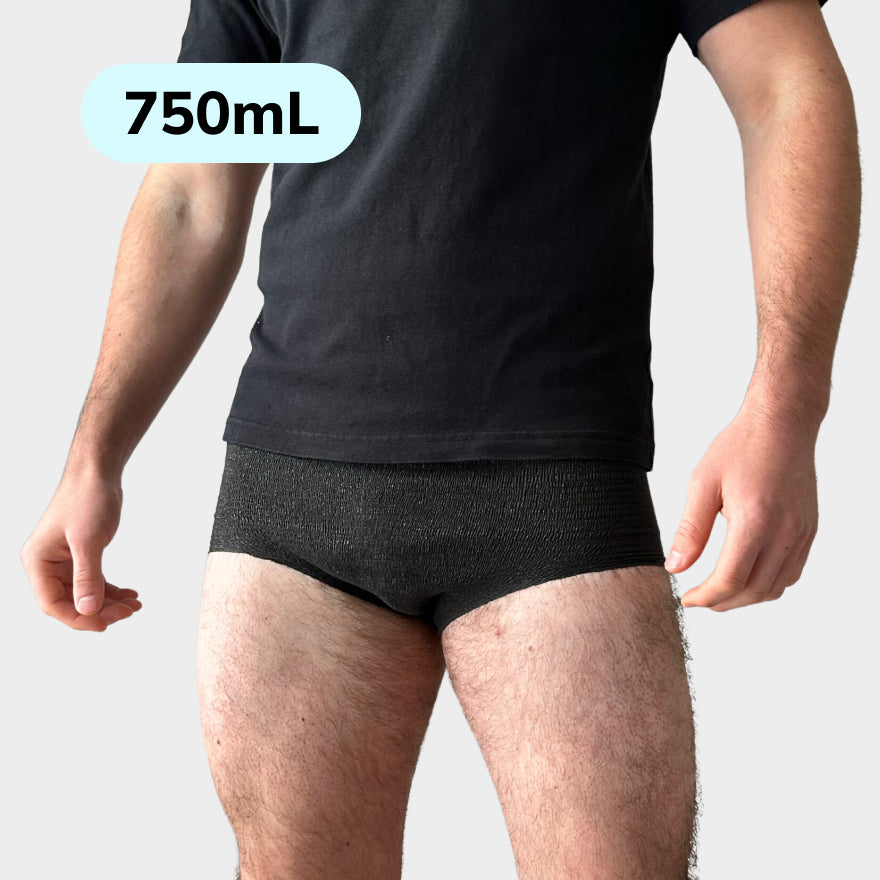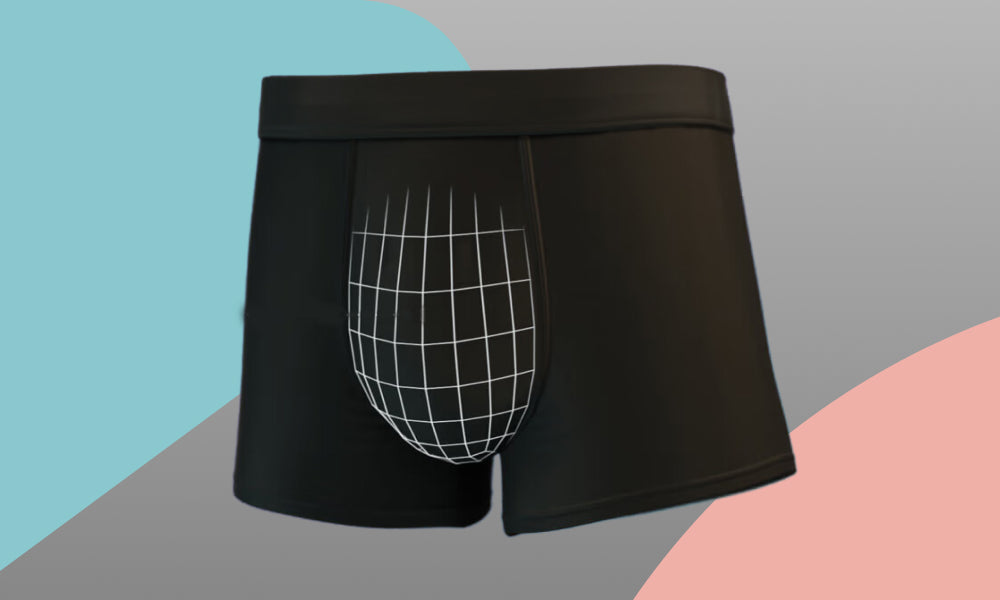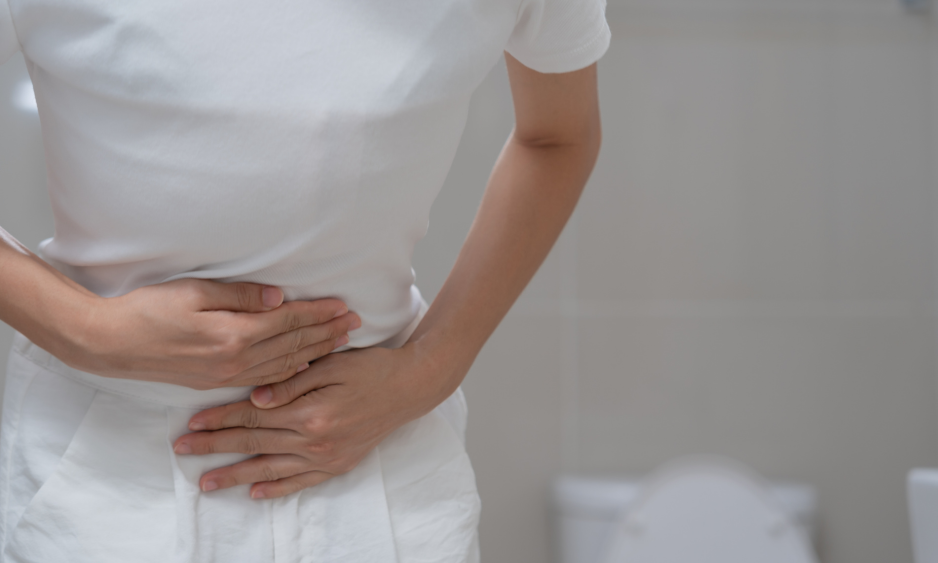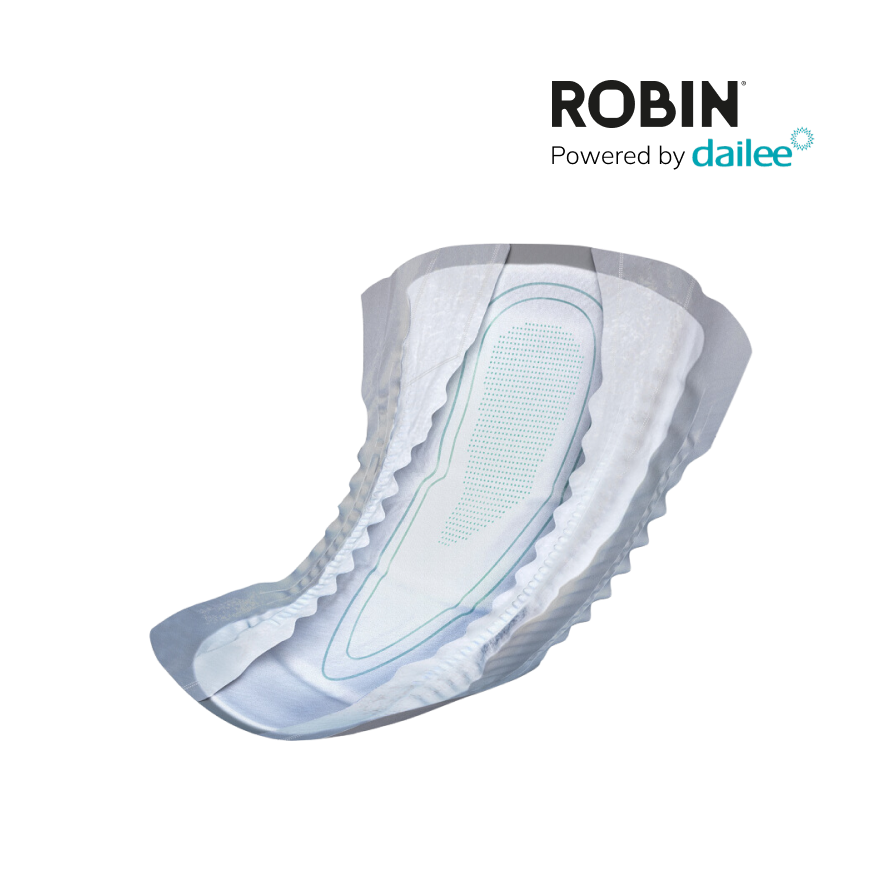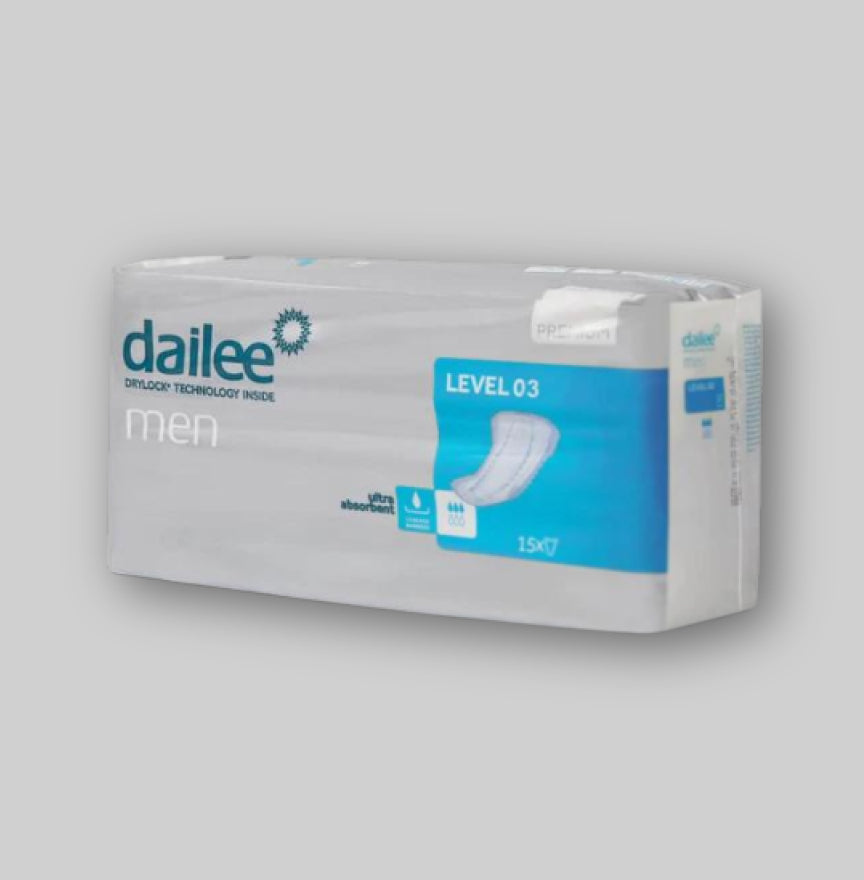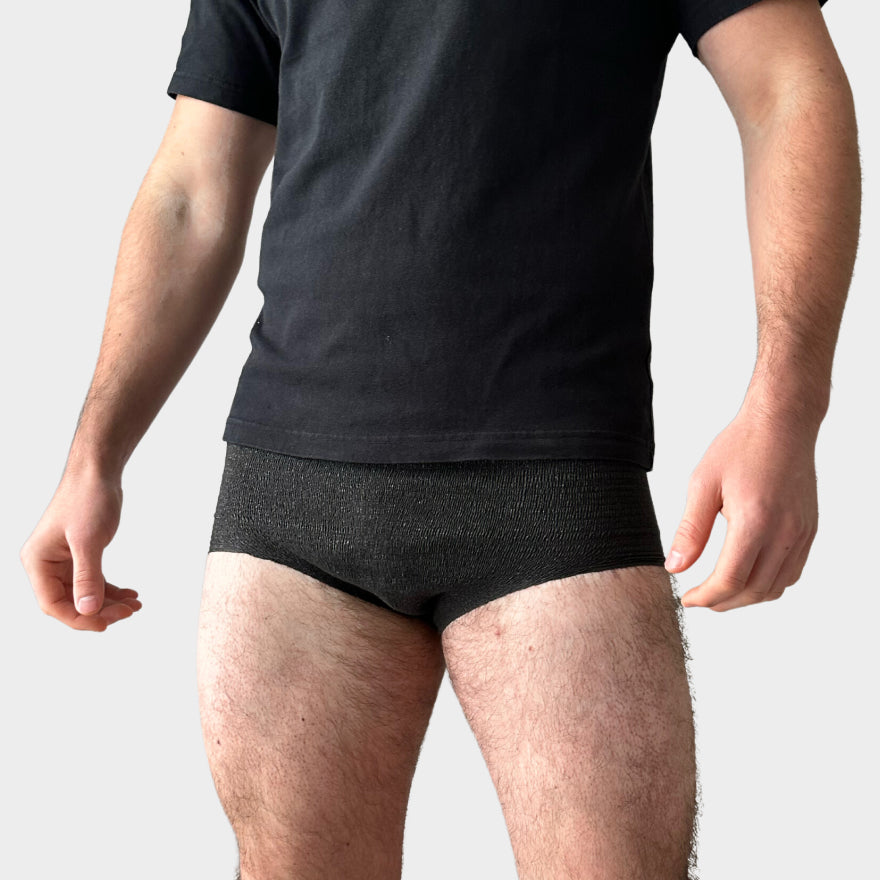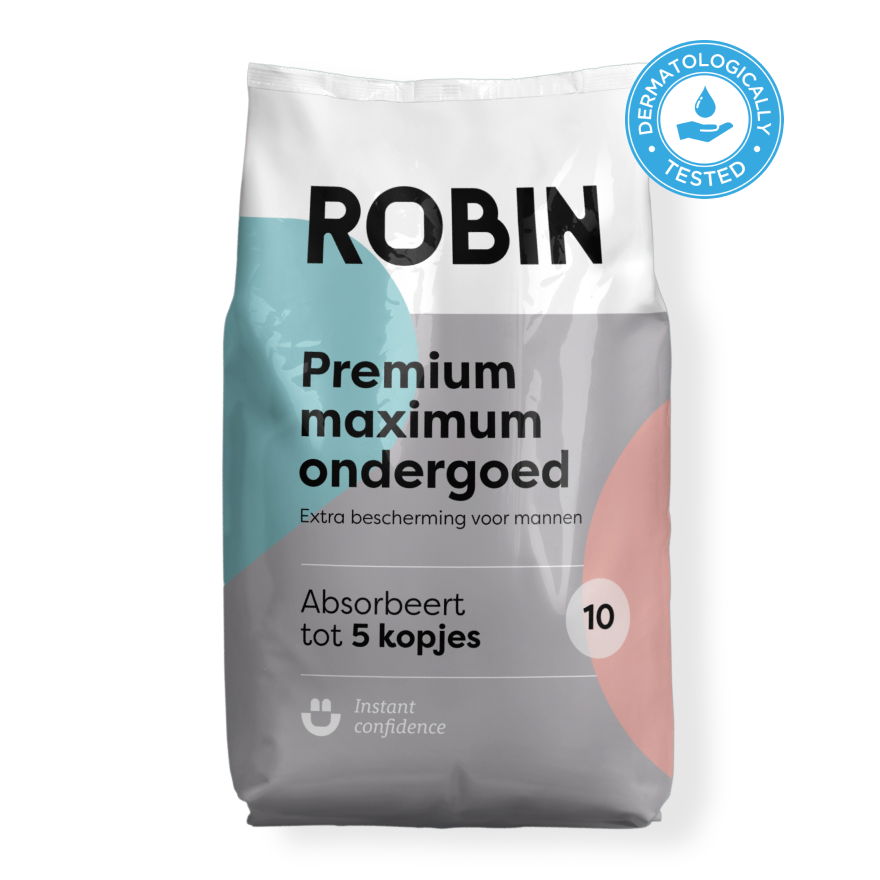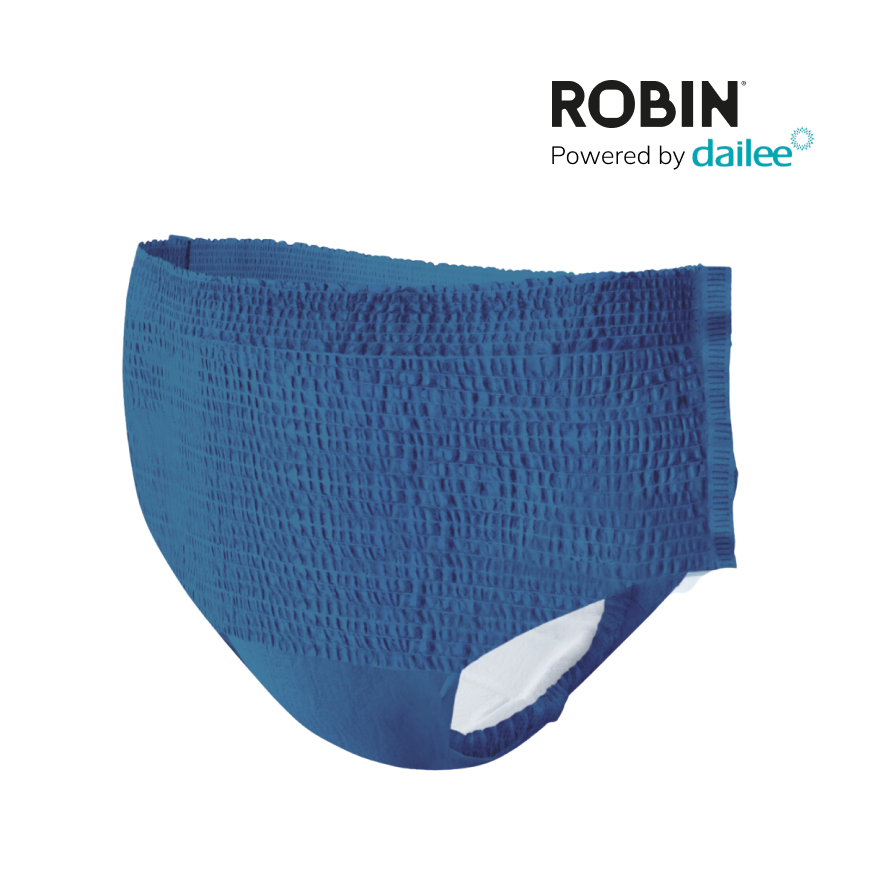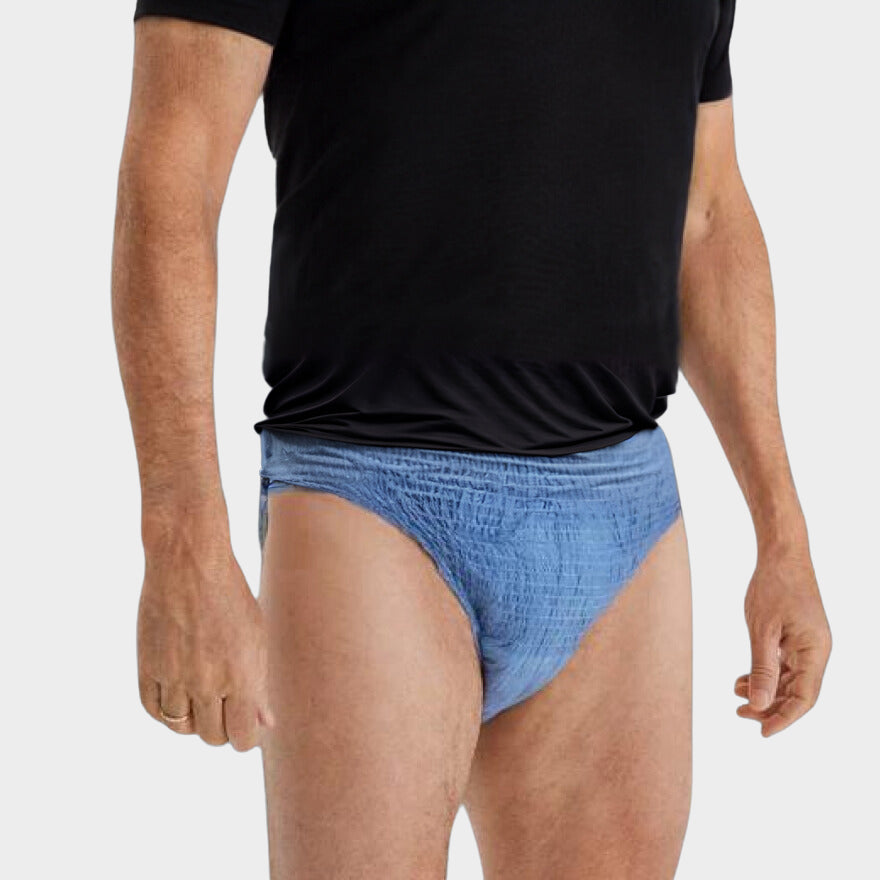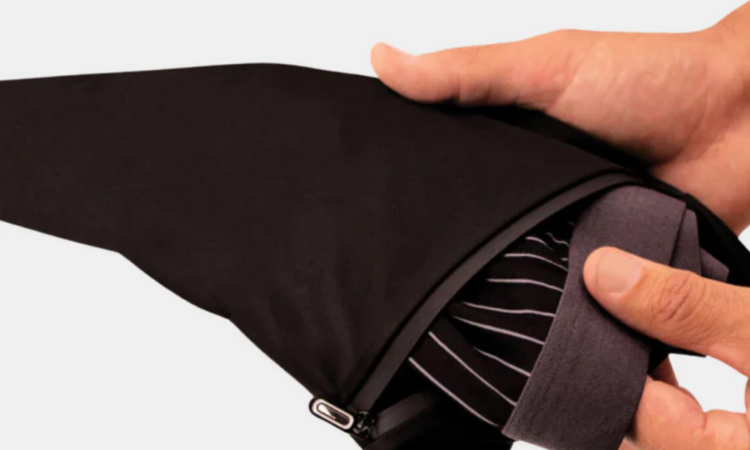Overflow incontinence is a condition in which the bladder is not completely emptied during urination. This can lead to the involuntary loss of urine, also known as dribbling incontinence. It occurs in both men and women and can have a number of causes.
In men, overflow incontinence can be caused by an enlarged prostate or a narrowing of the urethra. In women, a prolapse of the bladder or uterus can be a cause, while other causes can be a urinary tract infection or a weak and inert bladder. A combination of these factors is also possible. It is important to determine the cause of the condition in order to determine the correct treatment.
Definition of Overflow Incontinence
Overflow incontinence is a form of involuntary urine loss that occurs when the bladder cannot be emptied properly. It is also called dribbling incontinence. This form of incontinence involves the bladder 'overflowing', causing drops or spurts of urine to be released involuntarily.
Overflow incontinence can be caused by several factors . In men, it often occurs as a result of an enlarged prostate, while in women, a prolapse of the uterus or swollen ovaries can be a cause. Overflow incontinence can also be caused by a weakened closing mechanism of the bladder, which reduces the contraction and pressing force of the bladder and prevents the bladder from being emptied properly during a visit to the toilet.
Symptoms of overflow incontinence include a constant urge to urinate, being able to urinate only in small amounts, and involuntary leakage of urine. It is important to contact a doctor if you experience these symptoms to determine the cause and receive appropriate treatment.
Treatment for overflow incontinence may include using medications to make the bladder contract, making lifestyle changes, and doing pelvic floor exercises . In some cases, surgery may be necessary to correct the cause of the incontinence.
Causes of Overflow Incontinence
Overflow incontinence can have several causes. Below are some possible causes of overflow incontinence.
Neurological Disorders
In neurological disorders, such as multiple sclerosis, Parkinson's and spinal cord injury, the communication between the brain and the bladder can be disrupted. As a result, the bladder cannot be emptied properly and overflow incontinence occurs.
Urinary tract obstruction
An obstruction of the urinary tract can lead to overflow incontinence. This can be caused by an enlarged prostate in men, for example. There can also be a narrowing or blockage in the urinary tract, for example by kidney stones or a tumor.
Medication and Treatments
Some medications and treatments can cause overflow incontinence. For example, medications that reduce bladder relaxation, such as some antidepressants and antipsychotics. Radiation therapy in the pelvic area can also lead to overflow incontinence.
Weak Bladder Muscles
In a weak or damaged bladder, the bladder cannot contract properly to drain urine. This can cause urine to accumulate in the bladder and overflow incontinence occurs. This can occur, for example, in the elderly , women after childbirth or people with a spinal cord injury.
It is important to determine the cause of overflow incontinence so that appropriate treatment can be started. If in doubt or if you have any questions, it is always advisable to consult a doctor.
Symptoms and Recognition

Overflow incontinence can manifest itself in different ways. Below are some common symptoms that may indicate overflow incontinence .
Frequent Dripping
A common symptom of overflow incontinence is frequent dribbling of urine . This means that small amounts of urine leak from the bladder involuntarily. This can happen, for example, during laughing, coughing or exercising. People with overflow incontinence often have the feeling that their bladder is not completely empty after urinating.
Difficulty Urinating
Another symptom of overflow incontinence is difficulty urinating. This can happen when the bladder cannot be completely emptied. People with overflow incontinence often feel like they need to urinate, but when they go to the toilet, only a small amount of urine comes out.
Nocturnal Incontinence
Nighttime incontinence can also be a symptom of overflow incontinence. This means that someone involuntarily leaks urine at night. This can be because the bladder becomes fuller at night and the pressure on the bladder increases.
It is important to recognize the symptoms of overflow incontinence in time. When someone experiences these symptoms, it is wise to consult a doctor.
Diagnostic Methods

Anamnesis
The first step in diagnosing overflow incontinence is taking an anamnesis. The doctor will ask about the patient's symptoms and medical history. It is important to know whether there is involuntary loss of urine, how often this occurs and whether there is pain during urination. The doctor may also ask about medication use and any other complaints.
Physical examination
After the anamnesis, a physical examination follows. This examines the abdomen and the genitals. In women, the doctor can examine through the vagina whether the bladder, uterus and surrounding muscles feel normal. The doctor asks the patient whether the pelvic floor muscles can be contracted and relaxed.
Urine tests
To confirm the diagnosis of overflow incontinence, the doctor may perform various urine tests. For example, they may look at the amount of urine left in the bladder after urination. They may also look for any infections or inflammations.
Image formation
If an underlying condition is suspected, the doctor may request imaging tests. These may include an ultrasound or MRI scan. This can help determine the cause of the overflow incontinence.
Treatments for Overflow Incontinence
Overflow incontinence is a condition in which the bladder does not empty completely, causing urine to leak through. There are several treatments available for overflow incontinence.
Drug Therapy
Drug therapy can be used to relax the bladder and improve urine flow. This can help reduce the symptoms of overflow incontinence. There are several types of medications that may be prescribed, including anticholinergics and alpha blockers.
Surgical Options
Surgical options may be considered if other treatments have not been effective. There are several types of surgery that can be performed, including bladder removal and placement of an artificial sphincter.
Catheterization
Catheterization can be used to completely empty the bladder. This can be done using a catheter that is inserted into the bladder through the urethra. Catheterization can be performed by a health care provider or by the patient themselves.
Bladder training
Bladder training can be used to train the bladder to function better. This can help to reduce the symptoms of overflow incontinence. Bladder training involves practicing delaying urination and gradually increasing the time between toilet visits. This can be done under the guidance of a healthcare provider.
It is important to remember that treatment for overflow incontinence depends on the cause of the condition. A health care provider can help determine the best treatment options for an individual patient.
Prevention and Self-care

Overflow incontinence can sometimes be prevented or reduced by lifestyle changes. Below are some tips that can help prevent or reduce overflow incontinence:
-
Drink plenty of water and avoid caffeine, alcohol and carbonated drinks. This can help to calm the bladder and reduce the frequency of urination.
-
Maintain a healthy weight. Being overweight can increase pressure on the bladder and cause incontinence.
-
Do pelvic floor exercises regularly. These exercises can strengthen the muscles around the bladder and help control urine.
-
Try to go to the toilet regularly. This can help keep the bladder empty and prevent overflow incontinence.
-
Avoid constipation. Constipation can put pressure on the bladder and cause overflow incontinence.
-
Always consult a doctor when taking medication. Some medications can cause incontinence.
-
Wear comfortable and absorbent incontinence products. This can help protect the skin and prevent leakage.
Following these tips can help reduce or prevent overflow incontinence. It is important to remember that every person is different and what works for one person may not work for another. Always consult a doctor if incontinence is present.
Impact on Daily Life and Wellbeing

Overflow incontinence can have a major impact on a person’s daily life and well-being. People with overflow incontinence have difficulty emptying their bladder completely, causing the bladder to become overfull and involuntary urine leakage. This can lead to feelings of shame, anxiety and isolation, as well as skin irritation and infections.
People with overflow incontinence often have to go to the toilet several times a day and sometimes have difficulty emptying their bladder. This can lead to painful urinary tract infections and kidney problems if left untreated. In addition, frequent toilet visits can disrupt a person’s daily life, making it difficult to work, travel, or attend social activities.
Fortunately, there are several treatments available to help relieve overflow incontinence. These can range from medication to pelvic floor therapy and even surgery. However, people with overflow incontinence should also practice good hygiene and change their incontinence products regularly to prevent skin irritation and infection.
In short, overflow incontinence can have a major impact on a person’s daily life and well-being. It is important to know that there are treatments available and that seeking medical attention can help relieve symptoms and improve quality of life.
Future Research and Developments

There is ongoing research into the causes, diagnosis and treatment of overflow incontinence. It is important to continue to look for new ways to treat and prevent this condition.
One area that researchers are focusing on is using new technologies to better understand and treat the problem. For example, research is being done to develop smart incontinence devices that can monitor and manage urine output and drainage. These devices could help reduce the symptoms of overflow incontinence and improve patients’ quality of life.
In addition, research is being conducted into the role of the pelvic floor muscles in overflow incontinence. For example, research is being conducted into whether training these muscles can help reduce the symptoms of overflow incontinence. The role of hormones in the development of this condition is also being investigated and whether hormone therapy can help treat it.
Finally, research is being done into new medications and treatments for overflow incontinence. For example, research is being done into the effectiveness of botulinum toxin injections in treating this condition. Research is also being done into the effectiveness of new medications that can improve bladder function and reduce the symptoms of overflow incontinence.
All these developments are promising and may contribute to better treatment and prevention of overflow incontinence in the future.
